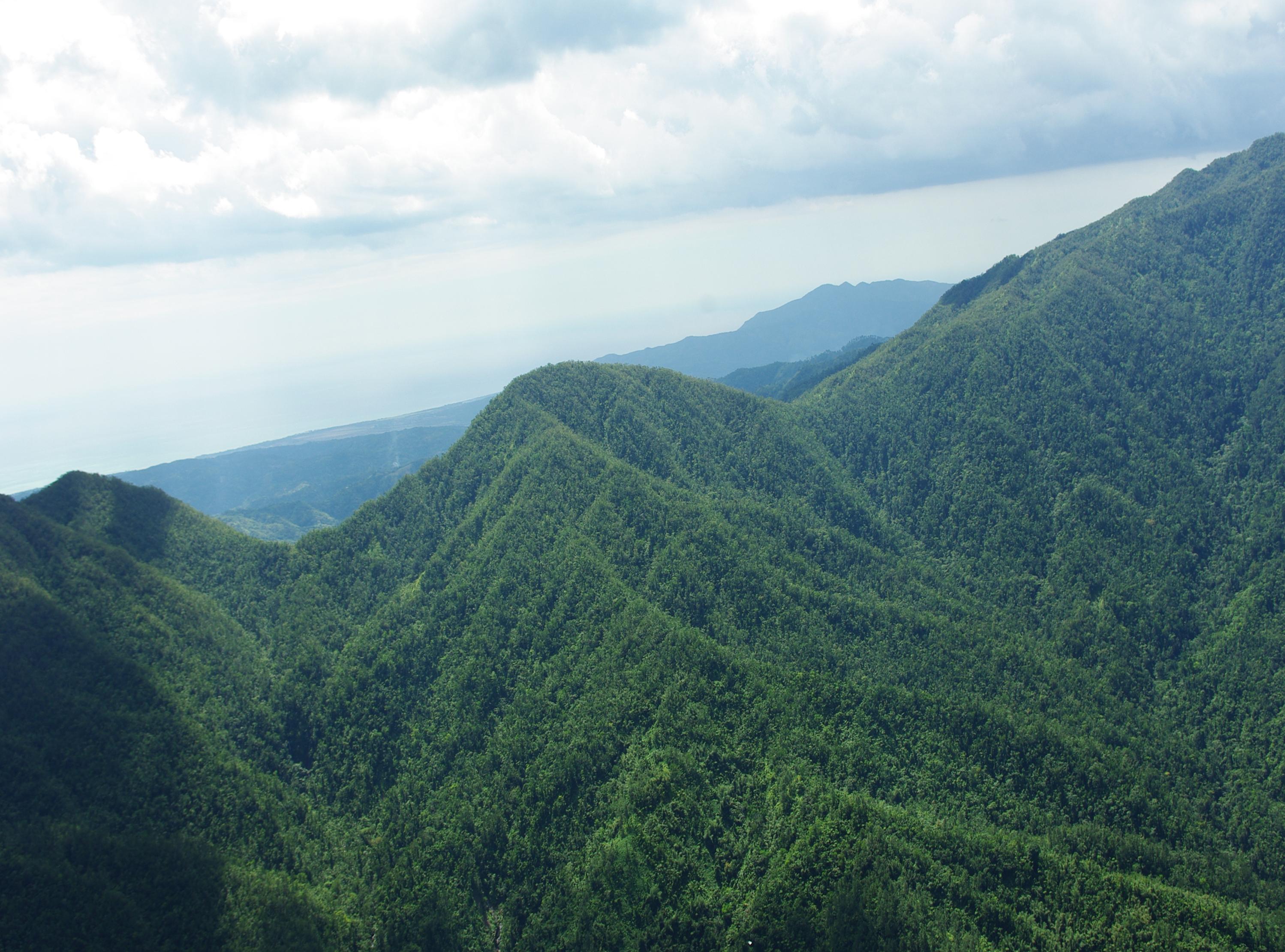Persons Warned Not to Damage World Heritage Site
By: , December 2, 2015The Key Point:
The Facts
- In July 3, 2015, the site, which occupies three portions of the parishes of Portland, St. Thomas and St. Andrew, was declared a WHS by UNESCO World Heritage Committee.
- Traditional management of the cultural and natural heritage of the site is also carried out by the Maroon councils, which sit on the Advisory, Co-Management and Maroon Heritage Committees of the National Park.
The Full Story
Persons are being warned that they could pay a fine of up to $50,000 for committing various offences in the Blue and John Crow Mountains National Park – World Heritage Site (WHS).
In July 3, 2015, the site, which occupies three portions of the parishes of Portland, St. Thomas and St. Andrew, was declared a WHS by UNESCO World Heritage Committee.
Assistant Director of Archaeology at the Jamaica National Heritage Trust (JNHT), Selvenius Walters, told JIS News that efforts are being made to protect the site from threats of hunting and killing of animals, cutting down trees for farming, dumping of garbage, mining and quarrying and the establishment of illegal settlements.
“There are penalties for breaches. Offenders may be prosecuted and serve a sentence of up to two years or they might receive a fine of up to $50,000,” he said, adding that the lowest fine could be up to $10,000.
“However, our stakeholders believe that the fines are not stringent enough and the JNHT is currently revising its Act and I am sure the fees will be greatly increased for breaches,” Mr. Walters added.
He pointed out that the fines apply to all offences committed on the World Heritage Site as well as the World Heritage Site Buffer Zone, an area consisting of just over 55,000 hectares of land around the WHS.
“The buffer zone is that area declared by the Jamaica National Heritage Trust as protected national heritage, so everything within the buffer zone is considered protected, even though it is outside the World Heritage Site,” Mr. Walters said.
He noted that the buffer zone contains all the Maroon communities within the Rio Grande Valley and a number of significant archaeological sites, which are abandoned Maroon villages.
Mr. Walters said that persons visiting the Park should not hunt or harm birds or other endangered species, such as the Jamaican Coney and the Giant Swallowtail Butterfly. Some of the common breaches, he said, are the clearing of areas for subsistence farming and squatting, hunting, harvesting of forest products and river poisoning for catching fish.
He said that visitors hiking on the open trails, such as the Cunha Cunha Pass Trail, are also guilty of throwing away plastic bags, water bottles and other items. “These are actions which can carry some kind of penalty,” he added.
The Archaeologist said that Park Rangers employed by the Jamaica Conservation and Development Trust (JCDT) would constantly monitor the Park.
“They ensure that areas along the tracks are properly maintained and that there are no slash and burn farming taking place within the sensitive areas of the World Heritage Site,” he said, adding that efforts are also being made to employ and train Windward Maroons “to beef up the complement of Rangers at the site.”
Mr. Walters said the WHS is protected under three main laws – the Forest Act (1996), the Natural Resources Conservation Authority Act (1991) and the Jamaica National Heritage Trust Act (1985).
He pointed out that the site is managed by the JCDT under an agreement with the National Environment and Planning Agency (NEPA), which is the implementing body of the Natural Resources Conservation Authority.
Traditional management of the cultural and natural heritage of the site is also carried out by the Maroon councils, which sit on the Advisory, Co-Management and Maroon Heritage Committees of the National Park.

